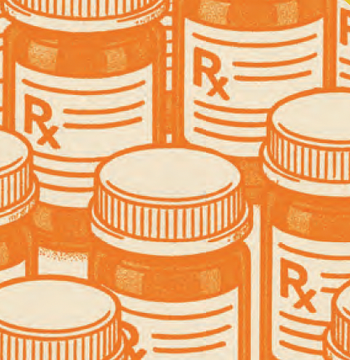
One-Third of Older Americans Have Received a Shingles Vaccine
Shingles vaccination rates have risen from 6.7% in 2008 to 34.5% in 2018 among American adults 60 and older.
Shingles vaccination rates have increased widely since 2008, but gaps remain in vaccination coverage for the painful rash caused by the varicella zoster virus, according to a
The report found that vaccination among adults age 60 and older increased from 6.7% in 2008 to 34.5% in 2018.
“Among adults aged 60 and over, shingles vaccination has increased since 2008, however, disparities in receipt of this vaccination still remain,” lead author Emily Terlizzi, MPH, from the National Center for Health Statistics, told Contagion®.
The rates of vaccination were similar among women (35.4%) and men (33.5%), but differences were notable among white adults (38.6), Black adults (18.8%) and Hispanic adults (19.5%).
“I was surprised to see that although the percentage who had ever received a shingles vaccine among women aged 60 and over was higher than that among men in this age group, this difference was not statistically significant,” Terlizzi said.
Terlizzi wrote the brief with Lindsey I. Black, MPH.
The vaccine was recommended for all adults age 60 and older until 2017, when the recommendation changed to include adults age 50 and older.
“By 2018, over 1/3 of adults aged 60 and over have received a shingles vaccine, and this percentage has increased since 2008, but that also means nearly 2/3 of adults aged 60 and over have not received a shingles vaccine,” Terlizzi said. “In addition, there are important differences in who has received this vaccine, whether it be between different areas of the country or certain demographic subgroups.”
Vaccine coverage varied by region—ranging from 26.3% in the East South Central region to 42.8% in the West North Central region of the United States—and by income and education levels with vaccination rates of 20.4% of poor adults, 38.4% among not-poor adults, 21.2% among those with less than a high school diploma and 39.9% among adults with more than a high school diploma.
“This report can help inform efforts to increase shingles vaccination rates, especially by highlighting populations which may have lower vaccination rates compared with others,” Terlizzi said.
The report was based on data from the National Health Interview Survey, conducted throughout the year by the National Center for Health Statistics.
“I don’t want to speak to what I think the next steps will be for health care providers or policymakers, but for me, I look forward to continuing to monitor this trend to see what changes occur in the next few years,” Terlizzi said. “Recently, the Advisory Committee on Immunization Practices (ACIP) changed the recommendation for shingles vaccination to include all adults aged 50 and over, so it will be interesting to see how this change in recommendation affects shingles vaccination rates.”
Last year, manufacturer GlaxoSmithKline (GSK) struggled to keep up with
Along with guarding against the painful rash, a shingles vaccine also could reduce stroke risk by 16% in older adults, a
Newsletter
Stay ahead of emerging infectious disease threats with expert insights and breaking research. Subscribe now to get updates delivered straight to your inbox.



























































































































































































































































































































